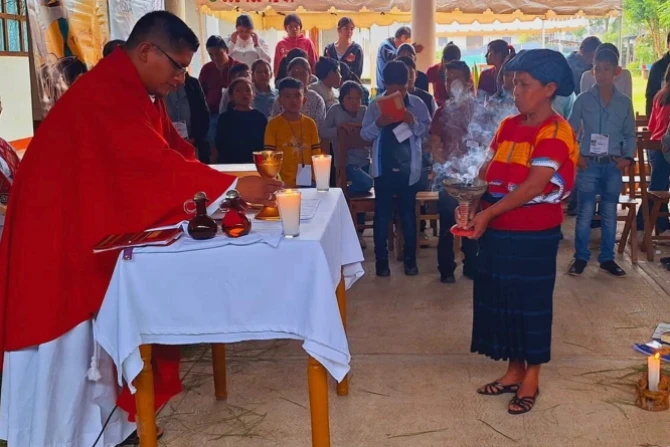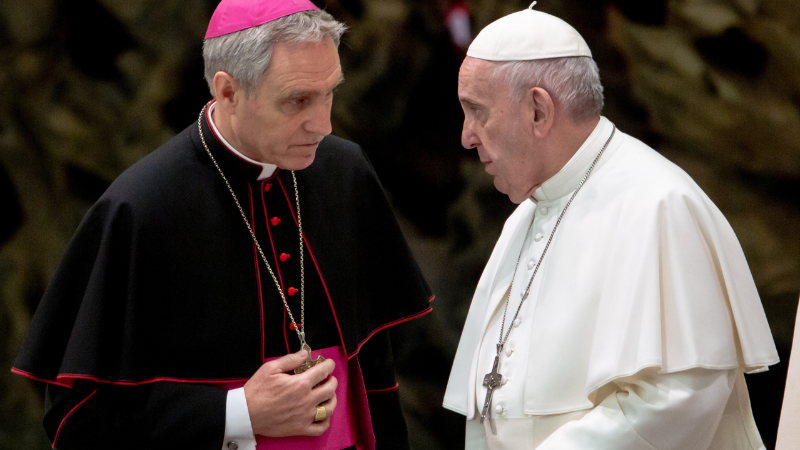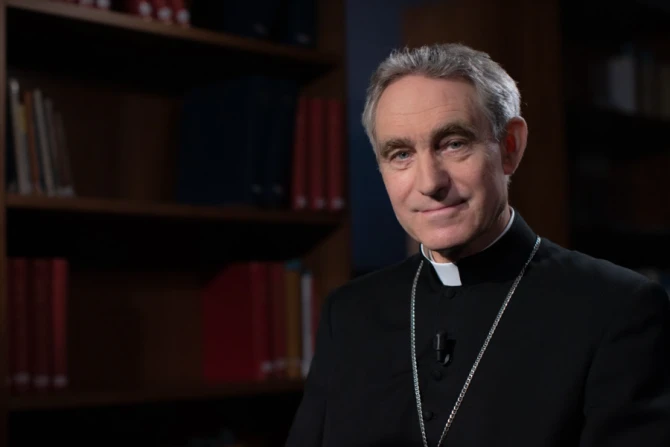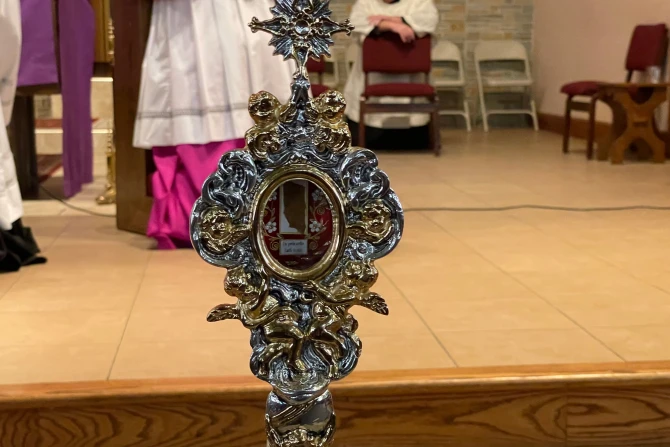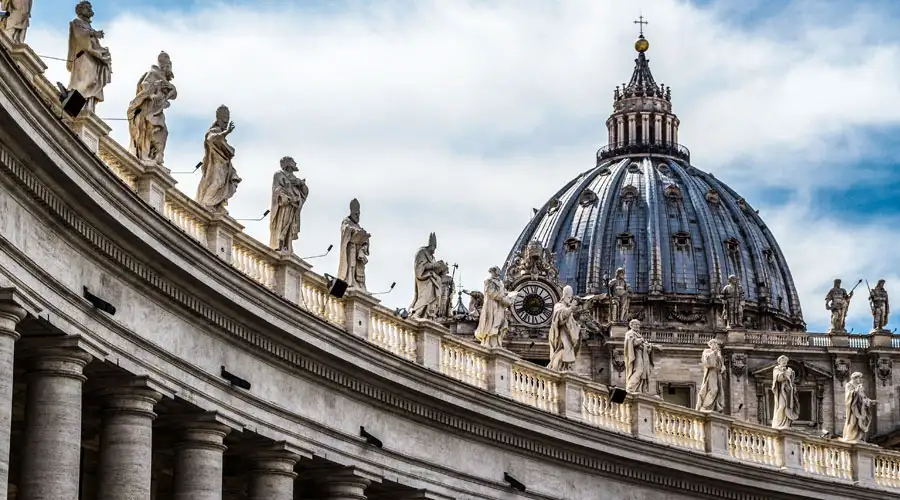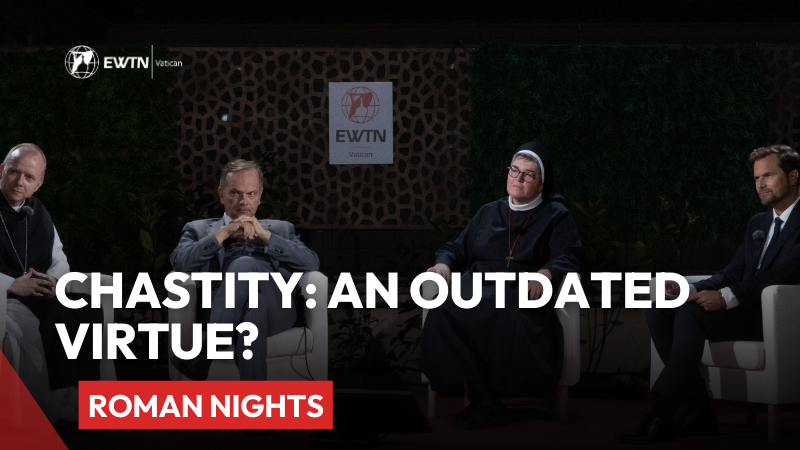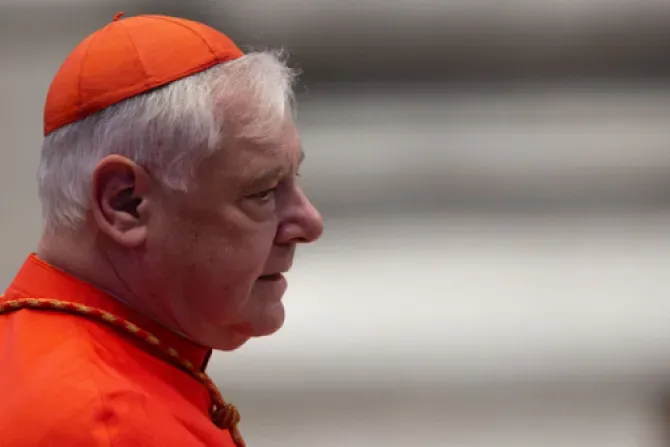The Vatican has approved a series of liturgical adaptations for Indigenous communities in the Mexican state of Chiapas.
According to Cardinal Felipe Arizmendi Esquivel, bishop emeritus of San Cristóbal de las Casas, this decision transforms certain Indigenous expressions into “liturgy of the Church,” eliminating the perception that they were simply “uses and customs that were viewed with suspicion.”
The Vatican Dicastery for Divine Worship and the Discipline of the Sacraments granted “confirmatio” on Nov. 8, endorsing the “adaptations to the Ordinary of the Mass in Spanish” for the Tseltal, Tsotsil, Ch’ol, Tojolabal, and Zoque ethnic groups. It also granted “recognitio” for the translation into Tseltal of key magisterial documents, such as the apostolic constitution Missale Romanum and the motu proprio Mysterii Paschalis.
Arizmendi, who led the efforts of the Mexican episcopate to promote these adaptations, said in a message shared with ACI Prensa, CNA’s Spanish-language news partner, that these practices are a form of “incarnation of faith in expressions specific to these cultures.” Their acceptance by the Holy See represents a sign that “if in some Indigenous customs there are deviations, we can help them reach their fullness in Christ and in his Church.”
The cardinal expressed his hope that this approval “will encourage the process to promote similar adaptations in other Indigenous groups.” To this end, he invited his brother bishops and pastoral workers to “have an interest in giving liturgical value to many Catholic expressions of our native groups and not see them as simple folklore.”
What are the adaptations approved by the Vatican?
The cardinal explained that “ritual dances were approved for the offertory, the prayer of the faithful, or the thanksgiving after Communion,” pointing out that these “are not folklore but simple movements of the entire assembly, monotone, contemplative, accompanied by traditional music, which express the same thing as the Roman rite, but in a different cultural form.”
“The content of the Mass is not changed but the way of expressing it,” the cardinal said.
Another point approved is that women will be able to perform the ministry of thurifers during the Mass. Once the priest “places [on the coal] and blesses the incense,” the women will proceed to incense the altar, the images, the Gospel book, the ministers, and the assembly.
“They do it not with the common censer but with an incense that is proper to the culture,” the cardinal indicated.
The cardinal emphasized that this sign “is not a feminist demand” but one that responds to the customs of Indigenous communities, where “it is usually the woman who incense during traditional prayers.”
In another change, it was approved that a layperson of “recognized moral relevance” can lead “certain parts of the community prayer.”
This can be done “at the beginning of the Mass, to initiate the community into the celebration, to name intentions, and to ask forgiveness” as well as “in the prayer of the faithful, after the priest makes the initial invitation and closes with the concluding prayer.”
It can also occur “after Communion as a thanksgiving, which the priest concludes with the post-Communion prayer.”
“This is not about removing the priest from his role as president of the assembly,” the cardinal explained, “since he is the one who is in charge of the celebration and who authorizes these moments.” With this, he pointed out, the aim is to provide a way for the assembly to participate.
“The content of the Roman rite is not being changed, but rather its cultural expression,” he said.
This story was first published by ACI Prensa, CNA’s Spanish-language news partner. It has been translated and adapted by CNA.

